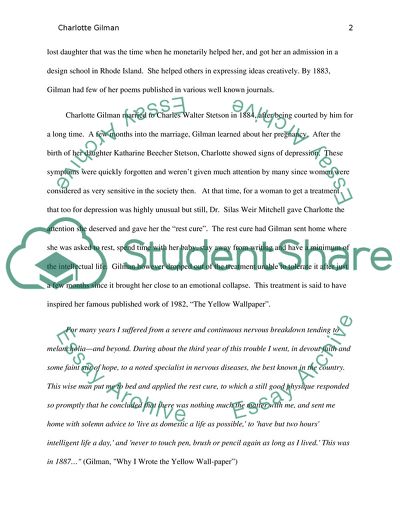Cite this document
(The Life and Work of Charlotte Perkins Gilman Case Study, n.d.)
The Life and Work of Charlotte Perkins Gilman Case Study. Retrieved from https://studentshare.org/sociology/1872761-charlotte-gilmans-bio-bibliography
The Life and Work of Charlotte Perkins Gilman Case Study. Retrieved from https://studentshare.org/sociology/1872761-charlotte-gilmans-bio-bibliography
(The Life and Work of Charlotte Perkins Gilman Case Study)
The Life and Work of Charlotte Perkins Gilman Case Study. https://studentshare.org/sociology/1872761-charlotte-gilmans-bio-bibliography.
The Life and Work of Charlotte Perkins Gilman Case Study. https://studentshare.org/sociology/1872761-charlotte-gilmans-bio-bibliography.
“The Life and Work of Charlotte Perkins Gilman Case Study”. https://studentshare.org/sociology/1872761-charlotte-gilmans-bio-bibliography.


